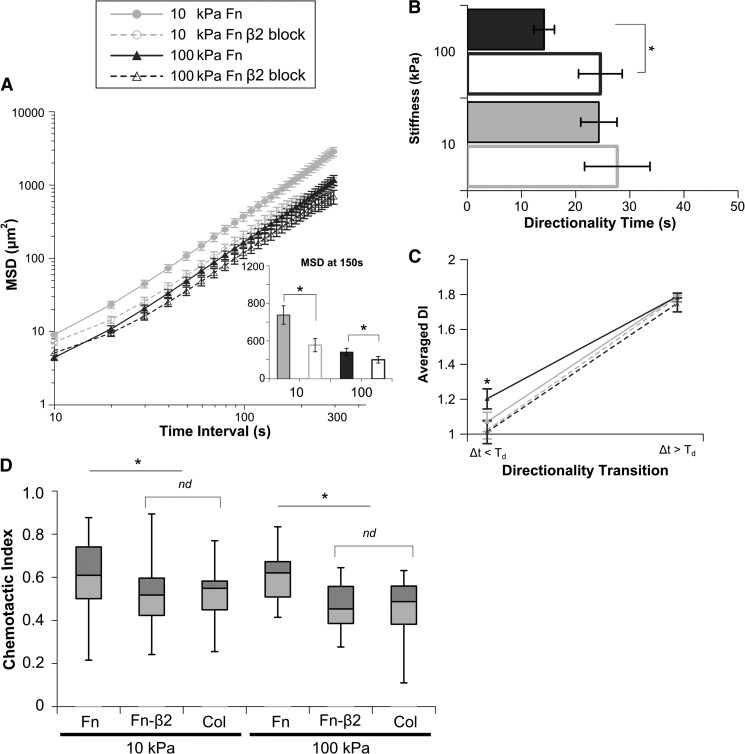Figure 6. The mechanosensitive component of persistence for neutrophils migrating on Fn-coated substrates toward fMLP is dependent on β2 integrins.
Human primary neutrophils migrating on Fn-coated gels of 10 kPa or 100 kPa stiffness toward a fMLP point source were treated with β2-blocking antibody and tracked over a 30-min period (Supplemental Videos 3 and 4). (A) The MSD of neutrophil migration paths is plotted as a function of time between steps. (Inset) The average MSD at a 150-s time interval for each condition. Blocking β2 integrins significantly decreased MSD and RMS speed on Fn-coated gels of 10 kPa and 100 kPa. (B) For each cell, index DI(Δt) was fit to an exponential DI fit function, yielding mean values of Td that represent the time interval at which migration transitions from random to directed. Blocking β2 integrins increased Td on 100 kPa Fn-coated gels. β2-Integrin-blocked cells migrating on Fn-coated gels have a Td equivalent to untreated cells migrating on Col-coated gels. (C) The fit of DI(Δt) was also used to generate values for DI< and DI>. These data are plotted as the directionality transition. Blocking β2 integrins significantly changes DI< and alters the directionality transition profile to one indistinguishable from untreated cells on Col-coated gels. (D) Cells migrating on Fn-coated gels after β2-integrin blocking have significantly lower CIs that are statistically equivalent to those of cells migrating on Col-coated gels. The average CI for neutrophils migrating on Fn- and Col-coated gels toward a fMLP point source is shown as a Box and Whisker Plot, showing mean and quartile data. Error bars represent sem. *P < 0.05 untreated versus β2-integrin block on Fn.

